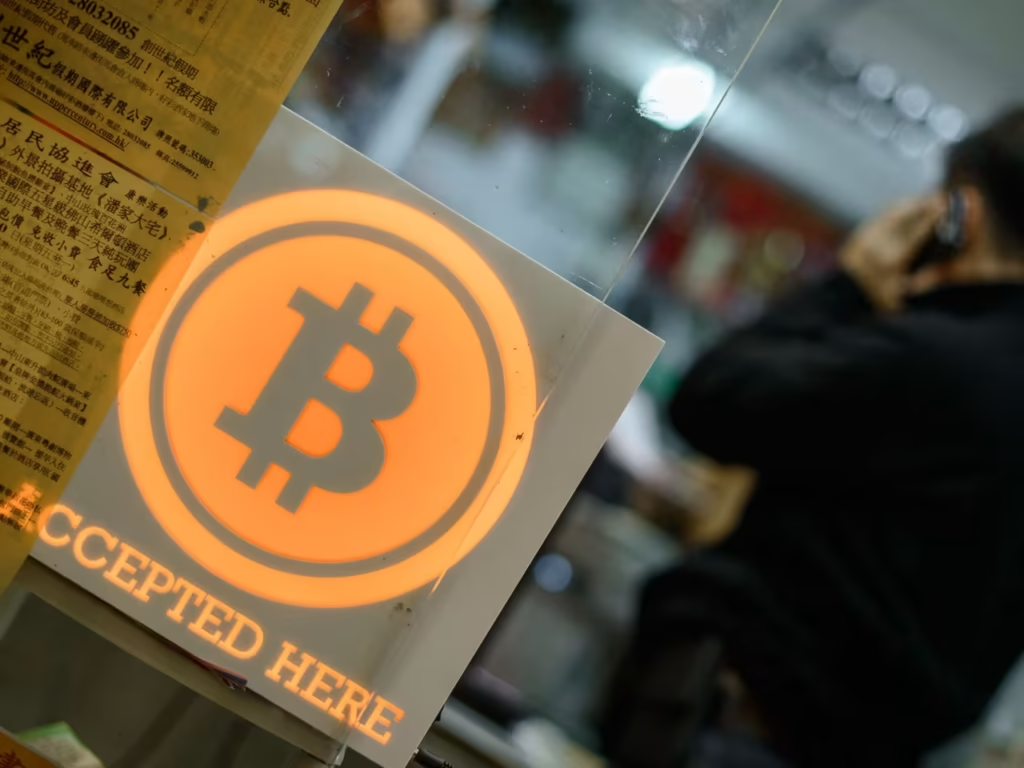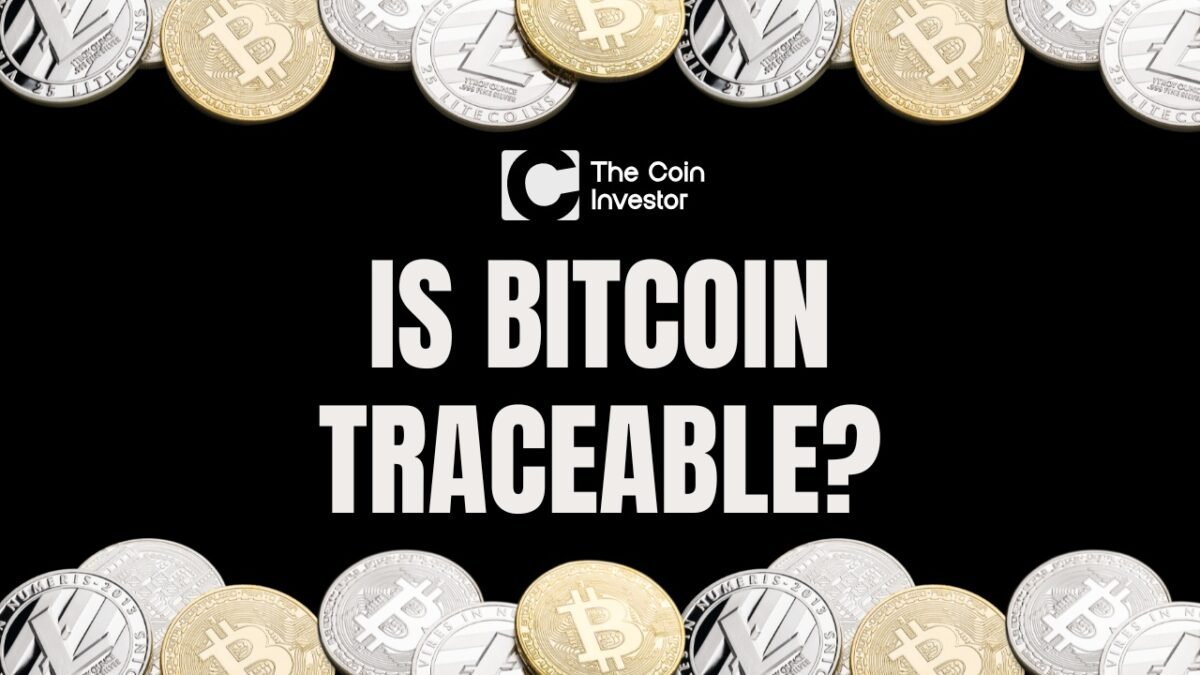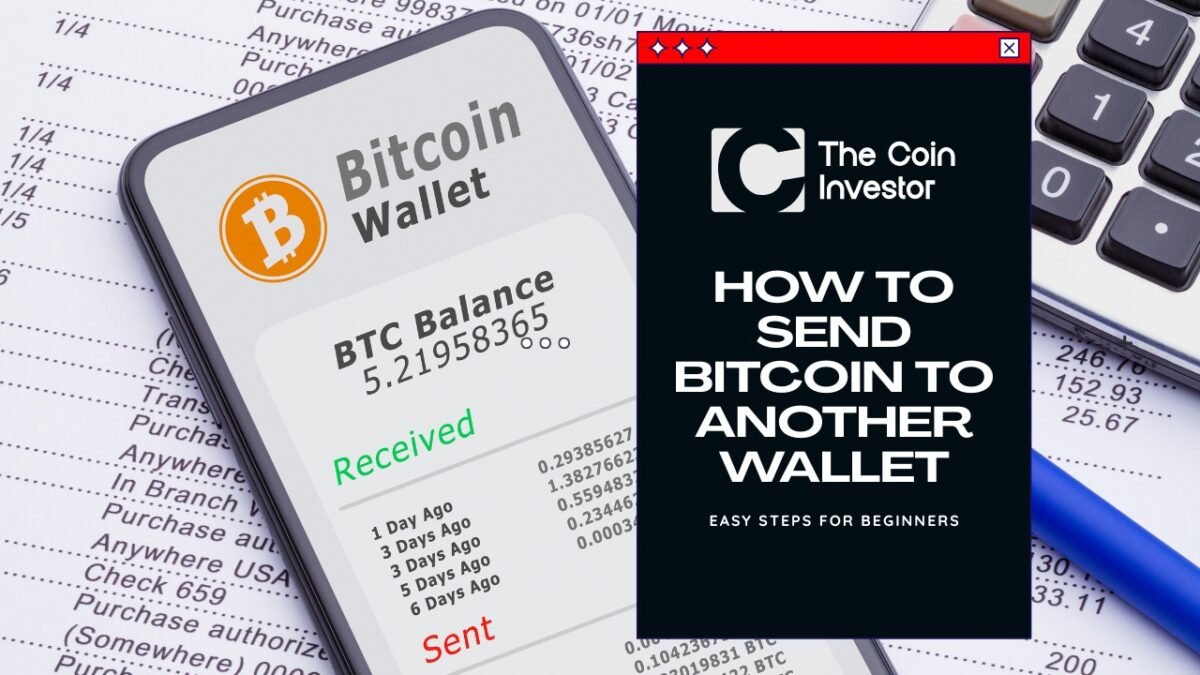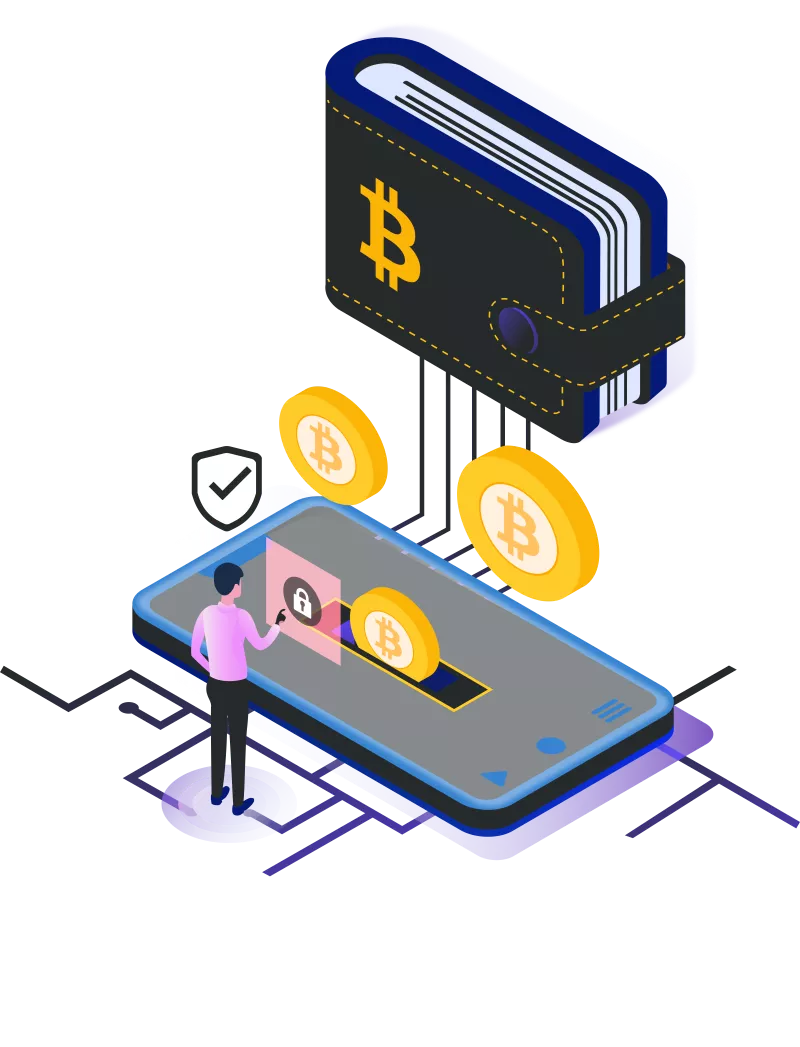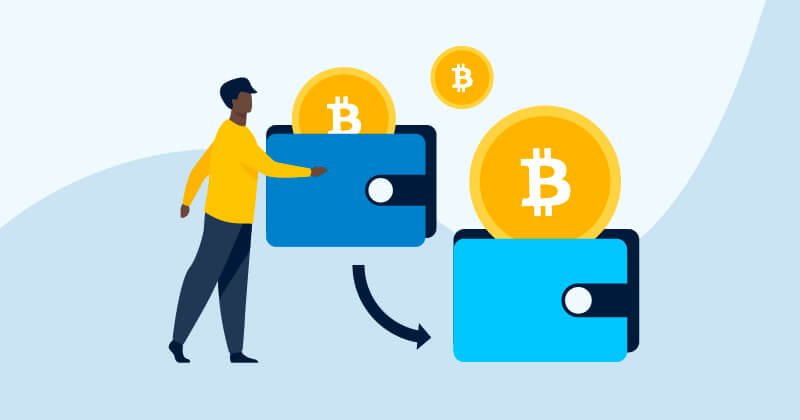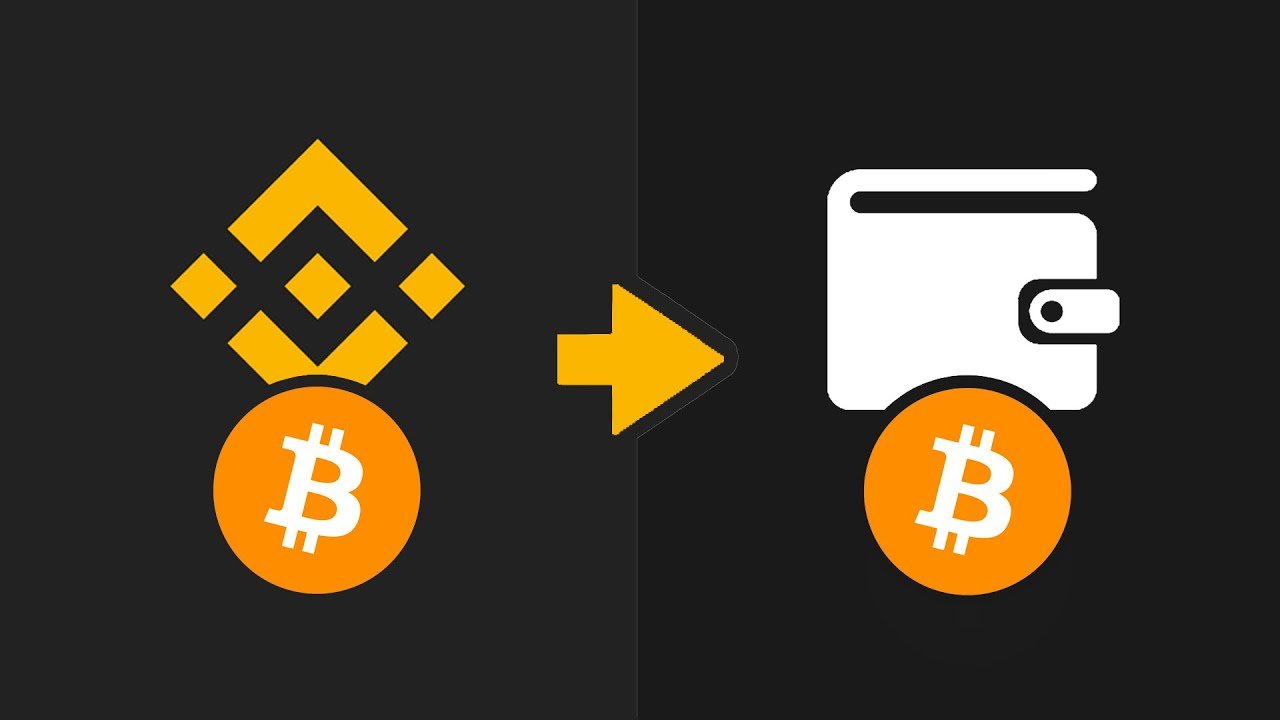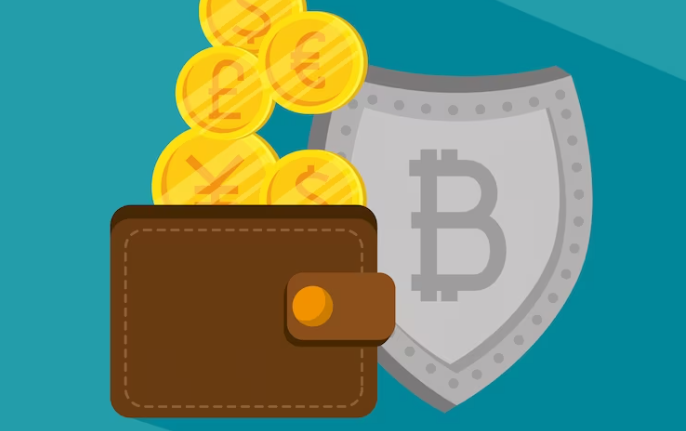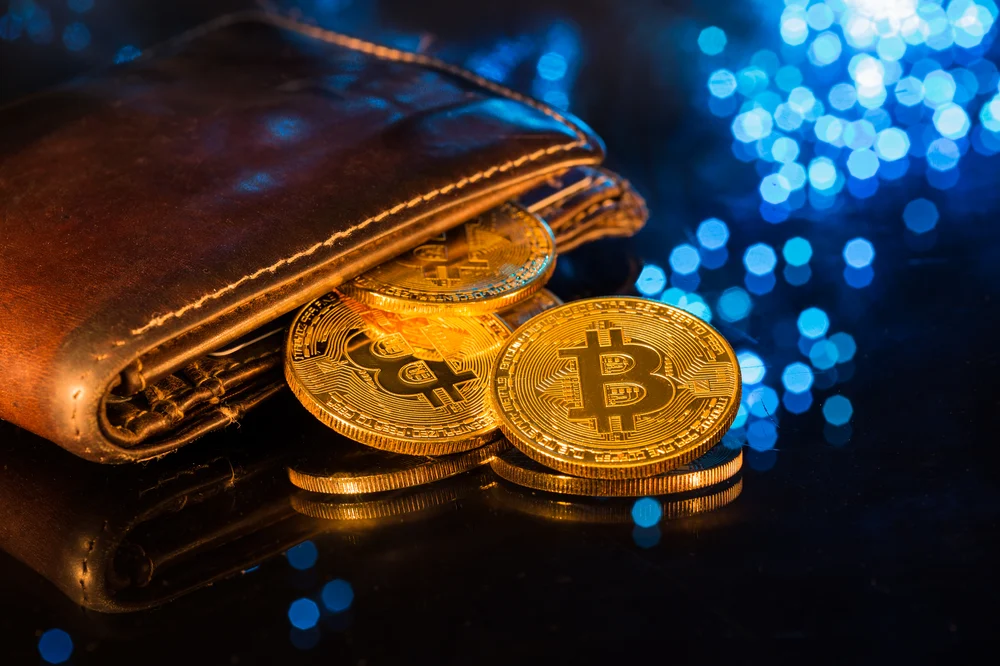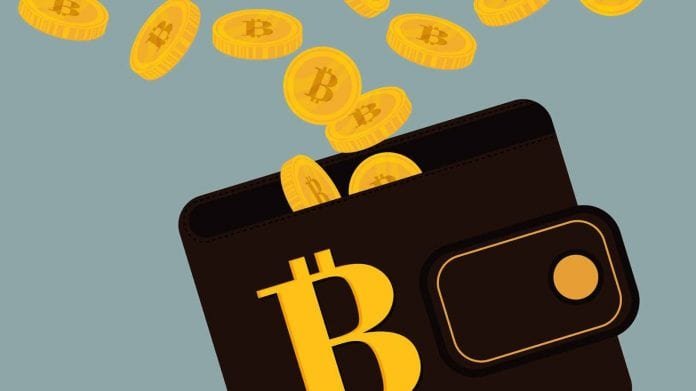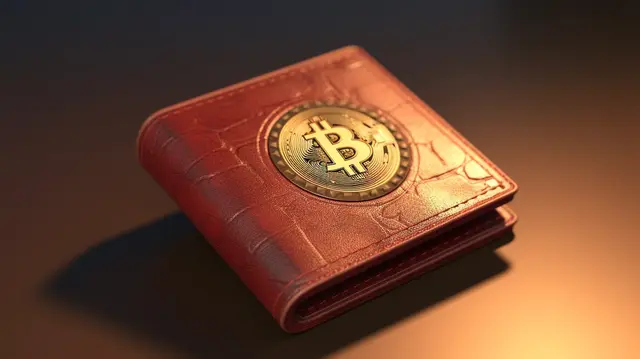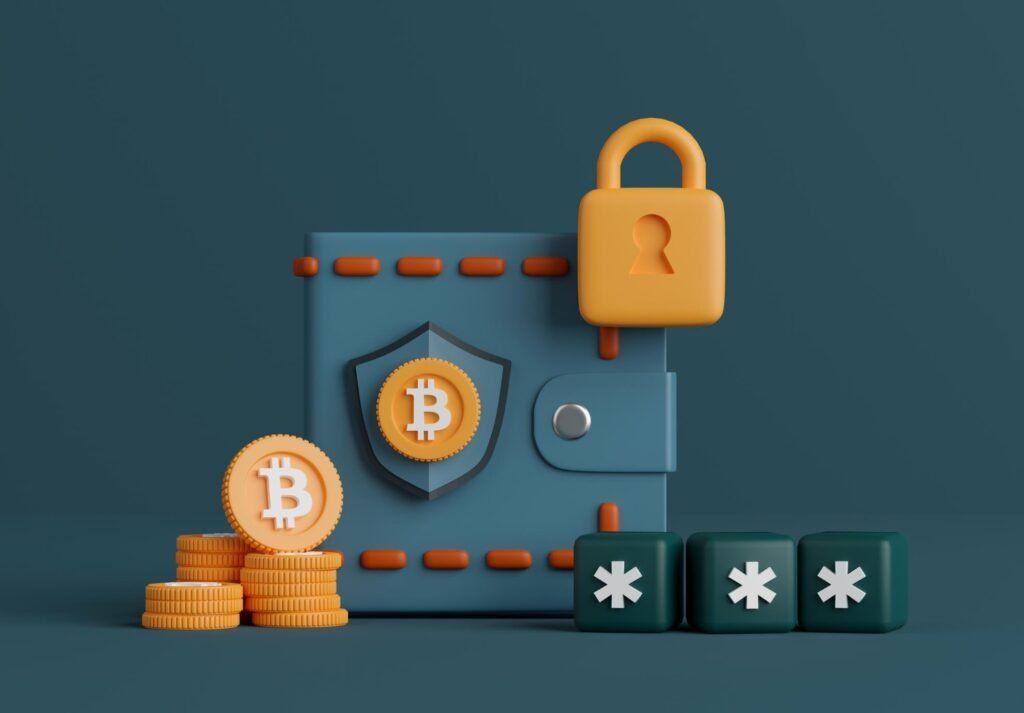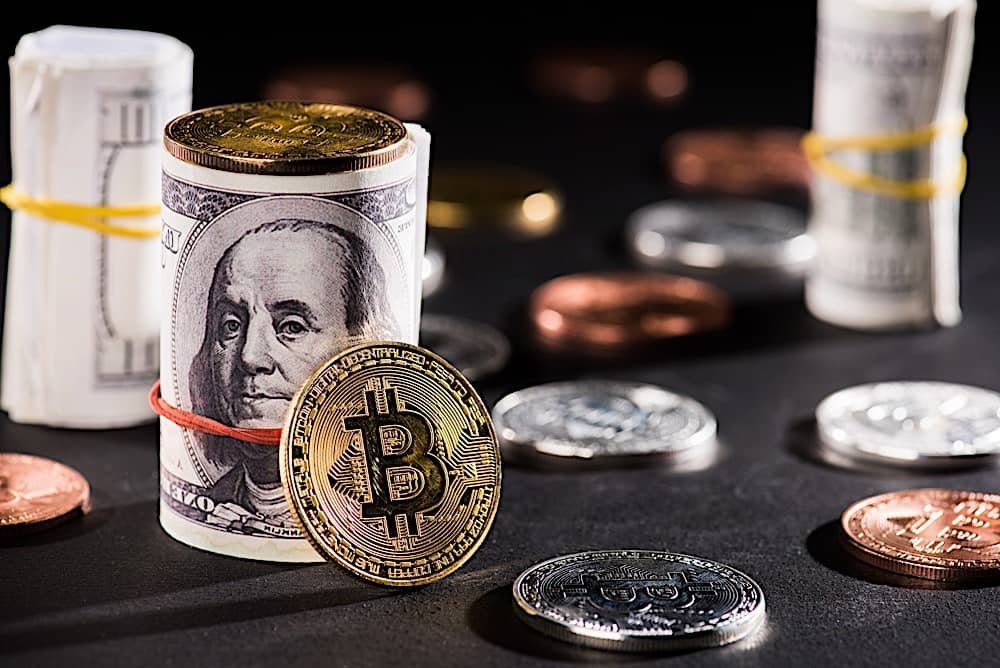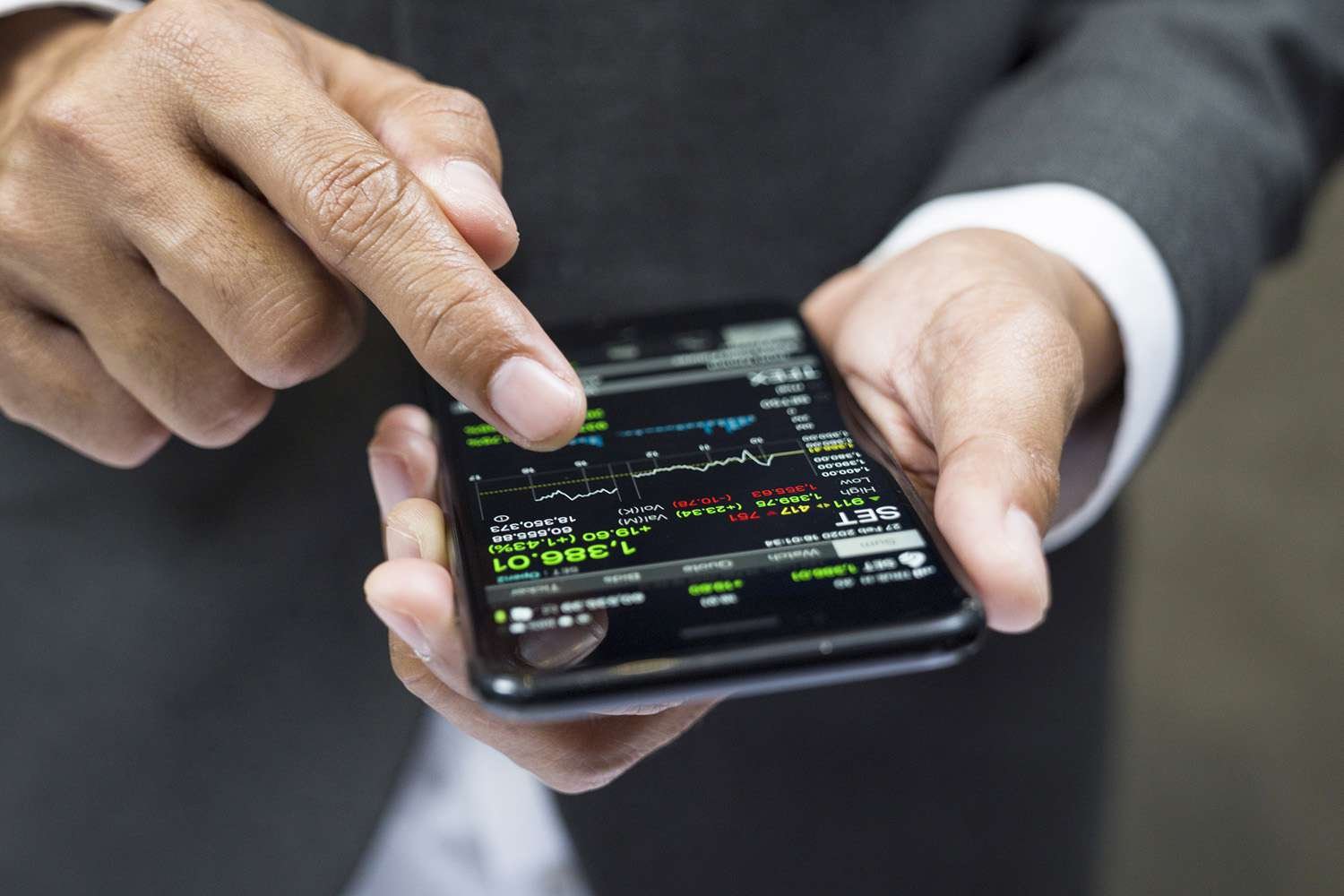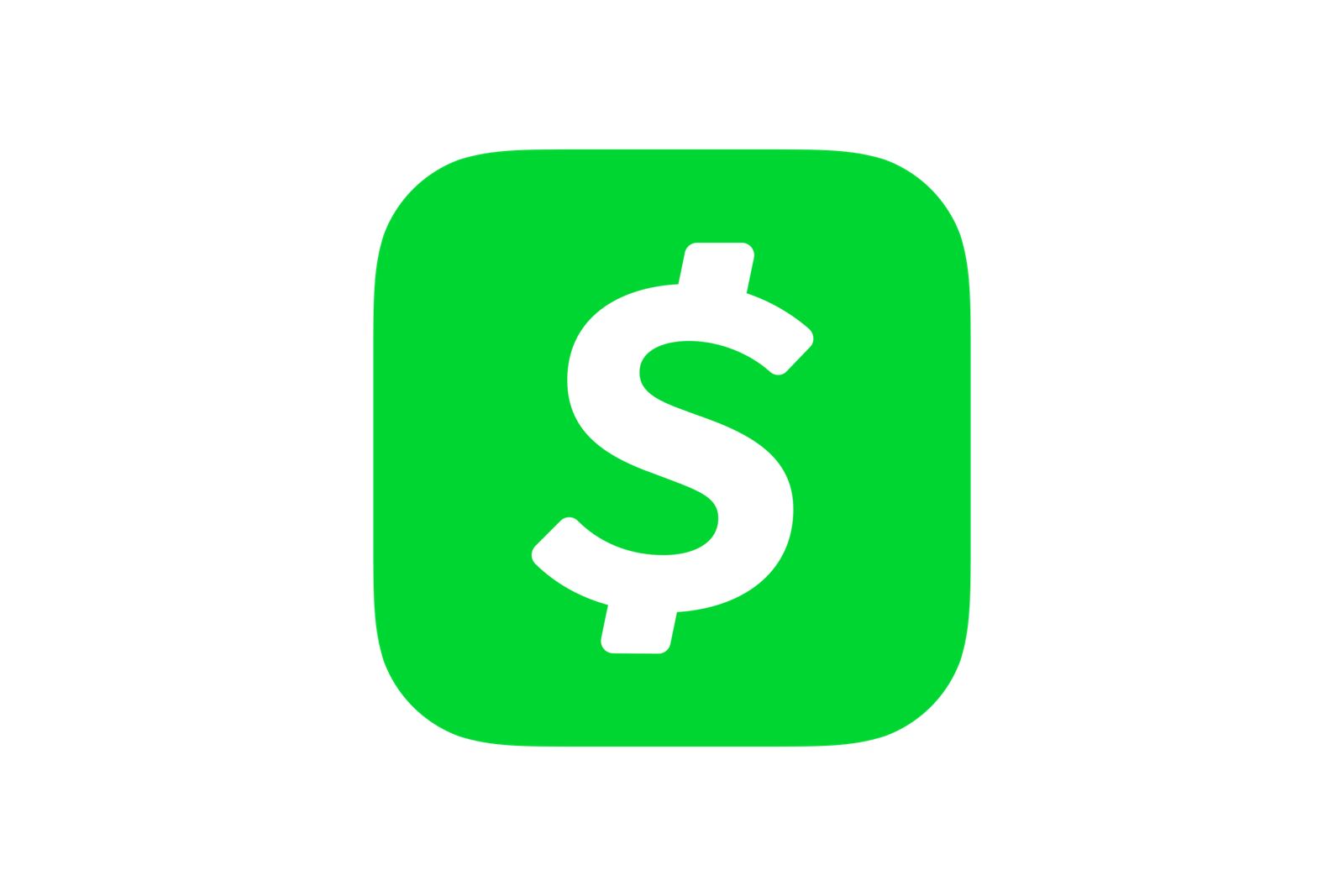The rise of digital assets has empowered a new generation of investors.
For many, the journey into cryptocurrency begins with Bitcoin, but a pivotal moment is learning how to convert those digital holdings back into fiat currency.
The process of cashing out Bitcoin is more than a simple transaction; it’s a strategic step that requires a clear view of market dynamics and, most importantly, the associated tax implications.
A misstep can significantly impact your returns. This guide provides a data-driven approach to cashing out your Bitcoin effectively.
We will focus on the procedures for converting your crypto into cash and the critical tax rules that every investor in the United States must follow to protect their wealth and remain compliant.
This information is intended for informational purposes and does not constitute tax advice.
For personalized guidance, consulting a certified public accountant is recommended.
Bitcoin Cashout

What Does “Cashing Out” Bitcoin Mean?
“Cashing out” Bitcoin means changing digital money into real money, like U.S. dollars. This often involves selling Bitcoin on a trading site at its current price. After you sell, you can move the money to your bank account for daily spending. Some people might take out cash from a Bitcoin ATM instead. However, this way usually has higher costs. The goal is to move value from the blockchain to the regular banking system.
Why People Cash Out Bitcoin?
Investors cash out Bitcoin for many reasons. The most common reason is to gain profit. They turn paper gains into real money.
Others sell to pay for big buys, like a house or car. Some sell to spread their money by buying stocks or homes. Cashing out can help manage risks when the market is unstable. It can also be used to pay personal bills. Some people may need cash for their retirement funds.
How is Cryptocurrency Taxed in the US?

In the United States, the Internal Revenue Service (IRS) treats digital currencies like Bitcoin as property, not currency. This classification has significant tax implications for individual investors. Every time you sell, trade, or spend your Bitcoin, it is considered a taxable event.
Capital Gains Tax on Crypto Sales
When you sell Bitcoin for more than you paid for it, you realize a capital gain, which is subject to capital gains taxes.
The amount of taxes you owe depends on your holding period—the length of time you held the Bitcoin before selling.
- Short-Term Capital Gains: If you hold your Bitcoin for one year or less, any profit is considered a short-term capital gain. This gain is taxed at your ordinary income tax rate, which corresponds to your income tax bracket.
- Long-Term Capital Gains: If you hold your Bitcoin for more than one year, the profit qualifies as a long-term capital gain. These gains are taxed at more favorable rates, which are typically 0%, 15%, or 20%, depending on your taxable income.
Your profit or loss is calculated by subtracting your cost basis (the original purchase price plus any transaction fees) from the sale price. Failing to account for this can lead to an inaccurate tax bill.
Income Tax Triggers For Crypto Transactions
Besides selling, several other crypto activity scenarios can trigger income taxes.
When you receive cryptocurrency as payment for goods or services, it is treated as ordinary income. The amount of income reported should be the fair market value of the crypto on the day you received it.
Other taxable events that generate cryptocurrency income include:
- Mining or Staking Rewards: Income from mining or staking is taxable as ordinary income based on the market value of the coins at the time they were received.
- Airdrops: Receiving new coins through an airdrop is generally considered income.
- Hard Fork: If a hard fork results in you receiving a new type of crypto, you have taxable income if you gain dominion and control over the new digital assets.
How to Cash Out Bitcoin?
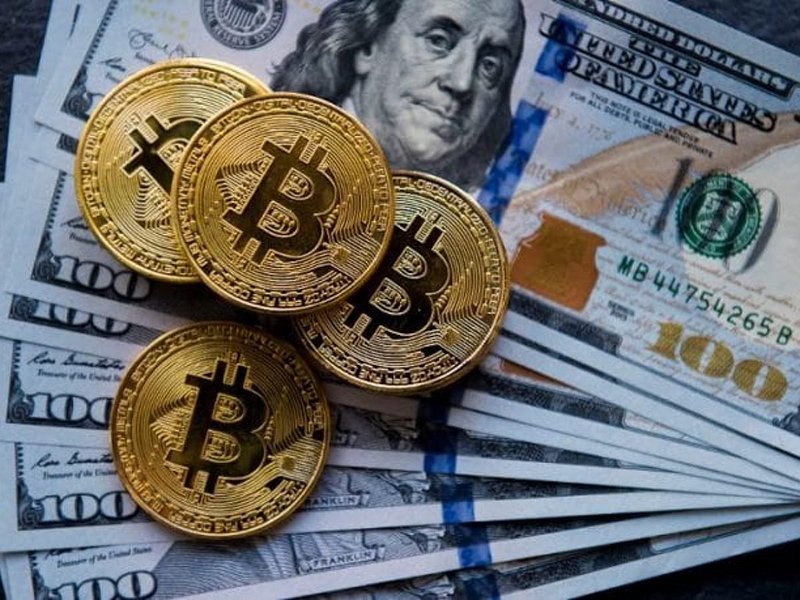
Cashing out Bitcoin is a straightforward process when you have the right tools and information. It requires preparation and a clear strategy to ensure security and compliance.
What You’ll Need to Get Started (Wallets, Exchanges, Tax Forms)
Before you begin, you’ll need a few things.
First is your crypto wallet, where your Bitcoin is stored. You’ll need access to your wallet address to send Bitcoin to an exchange.
Second, you must have an account with a reputable cryptocurrency exchange that operates in the US. This platform will facilitate the sale of your Bitcoin for fiat currency. You’ll need to complete identity verification on the exchange.
Finally, be prepared for tax season by being aware of the necessary tax forms, primarily IRS Form 8949 and Schedule D, which are used to report capital gains and losses from your cryptocurrency transactions.
Choosing A Reputable Crypto Exchange For US Residents
Selecting the right cryptocurrency exchange is vital for a secure and efficient cash-out process.
Look for crypto exchanges with strong security measures to protect your digital assets and personal information.
Compare transaction fees, as some platforms charge higher fees than others for trading or withdrawal.
Check the available withdrawal methods; most offer a bank transfer or wire transfer directly to your bank account. The exchange rate offered should be competitive and reflect the current market value.
Some exchanges even offer services for users with a Canadian bank account, converting to Canadian dollars. Platforms like Cash App also offer crypto trading services, but for a large amount of money, a dedicated exchange is often the preferred payment method.
How to Cash Out Bitcoin and Save on Taxes?
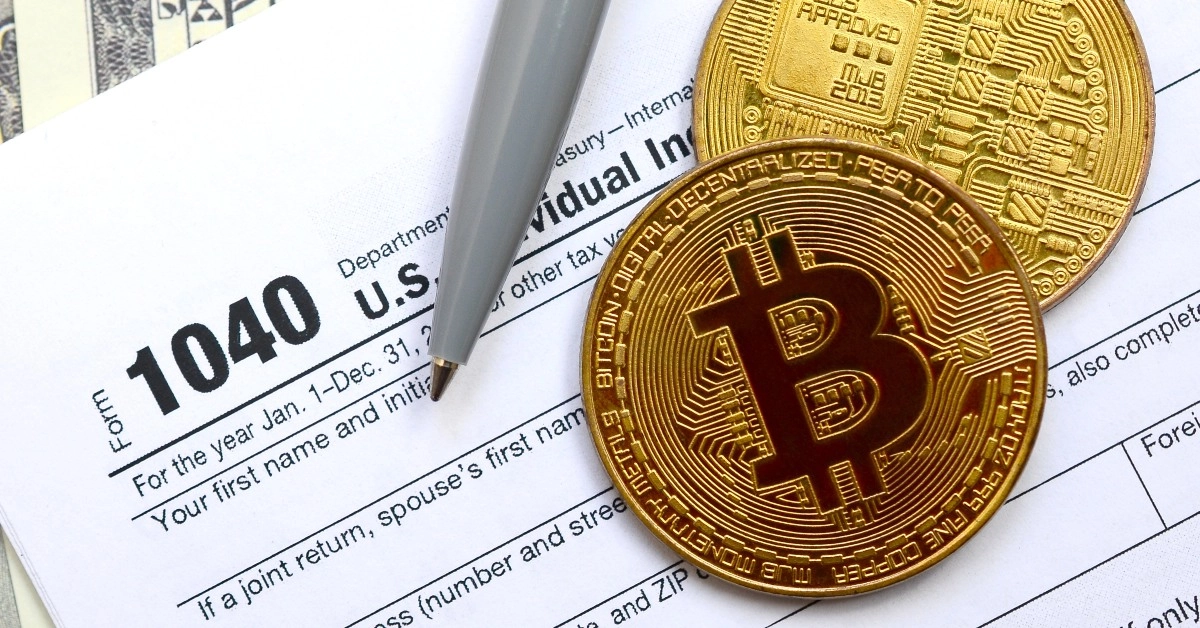
With a strategic approach, it’s possible to manage your tax liability effectively when cashing out Bitcoin. The key is careful planning and meticulous record-keeping.
Step 1: Track Your Bitcoin Transaction History
The foundation of a sound tax strategy is a complete record of all your cryptocurrency transactions.
This includes the date of each purchase and sale, the amount of crypto, the fair market value in U.S. dollars at the time of the transaction, and any associated transaction fees. This information is essential for calculating your cost basis and capital gains.
Many investors use dedicated crypto tax software to automate this process, which simplifies creating a crypto tax report.
Step 2: Understand Your Holding Period (Short- vs. Long-term)
Your holding period determines your tax rate.
As mentioned, holding your Bitcoin for over a year qualifies you for the lower long-term capital gains tax rates.
If possible, consider waiting until your investment becomes long-term before cashing out to reduce your tax bill. This single factor can have a major impact on the amount of taxes you owe.
Step 3: Calculate Expected Tax Liabilities
Before you sell, calculate your potential capital gains or losses.
The formula is simple: Sale Price – Cost Basis = Capital Gain/Loss. Once you know your estimated gain, you can apply the appropriate tax rate based on your holding period and income tax bracket to predict your tax liability.
This allows you to set aside the necessary funds for tax season and avoid surprises. A crypto tax calculator can streamline this calculation.
Step 4: Select the Best Withdrawal Method (Bank Transfer, Stablecoins, Etc.)
The method you choose to withdraw your funds can impact speed and cost. A bank transfer is a common and reliable option.
A wire transfer may be faster for a large amount of money but can come with higher fees. Some investors first convert Bitcoin to a stablecoin to lock in a price before converting to fiat currency.
Using a Bitcoin ATM for physical cash is convenient but often the most expensive option.
Step 5: Report Transactions Correctly on Your Tax Return
When tax season arrives, you must report all your crypto activity.
Use IRS Form 8949 to detail each transaction, listing the description of the property (e.g., “Bitcoin”), dates of acquisition and sale, sale price, and cost basis. The totals from Form 8949 are then summarized on Schedule D of your tax return.
Accurate reporting is essential for compliance. Using actual crypto tax forms provided by a tax software can be helpful.
How to Cash Out Bitcoin Without Paying Taxes?
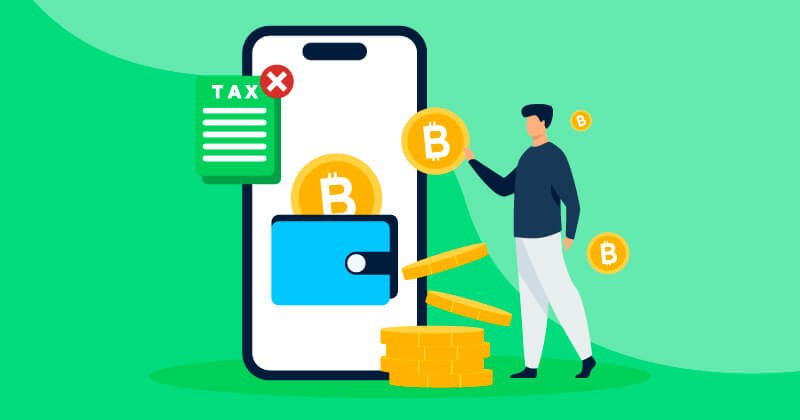
While completely avoiding taxes on profitable investments is generally not possible, there are legal strategies that can significantly reduce or even eliminate your capital gains tax liability for a given year.
Using Tax-Loss Harvesting Strategies
Tax-loss harvesting is a strategy where you sell some of your digital assets at a loss to offset capital gains from other investments.
If you have a capital loss from selling one type of crypto, you can use that loss to reduce your taxable capital gains from selling Bitcoin.
If your crypto losses exceed your gains, you can use up to $3,000 per year to offset your ordinary income.
Any remaining capital loss can be carried forward to future tax years.
Gifting Or Donating Bitcoin For Tax Advantages
Gifting Bitcoin to a family member or another individual is another option.
For 2024, you can gift up to $18,000 worth of Bitcoin per person without triggering the gift tax.
The recipient inherits your cost basis, meaning they will be responsible for the capital gains tax if they decide to sell.
Donating Bitcoin to a qualified charity can also provide a significant tax advantage.
If you’ve held the Bitcoin for more than a year, you may be able to deduct the full fair market value of the donation from your taxable income, and you won’t have to pay capital gains taxes on the appreciation.
Mistakes People Make When Cashing Out Bitcoin
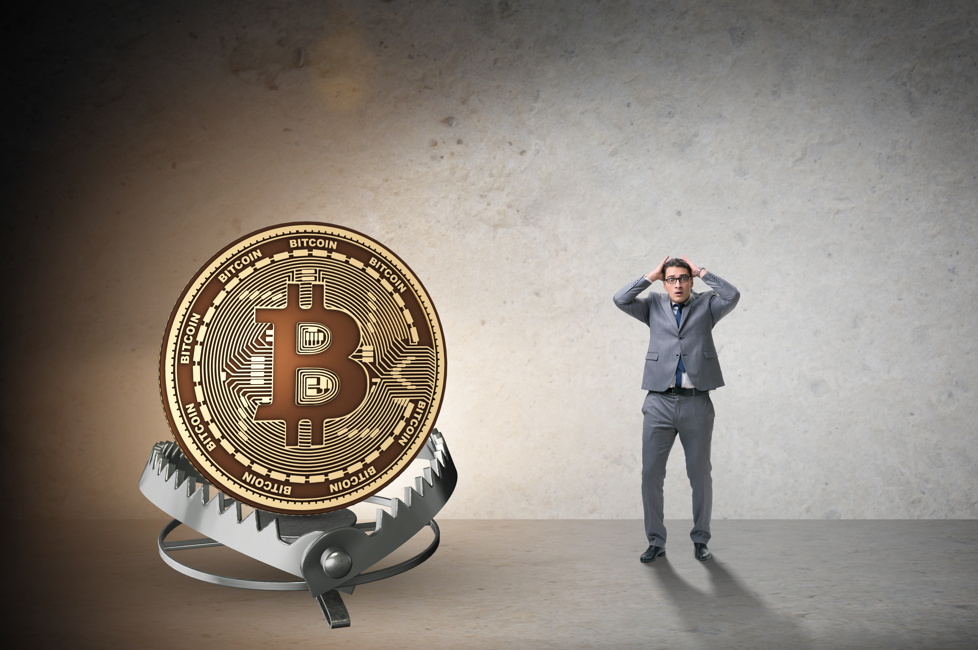
Many crypto investors, especially those new to the space, make errors when cashing out that can lead to financial penalties and legal issues.
Misreporting Bitcoin Transactions
One of the most frequent mistakes is misreporting cryptocurrency transactions on a tax return.
This can include underreporting gains, incorrectly calculating the cost basis, or failing to report a taxable event altogether.
Every sale or trade must be accounted for. The IRS requires detailed records, and inaccuracies can trigger an audit.
Using a crypto tax calculator or crypto tax software can help ensure your calculations are precise and your crypto tax report is accurate.
Ignoring IRS Tracking and Reporting Rules
Some investors mistakenly believe their crypto activity is anonymous.
However, the IRS has become increasingly sophisticated in tracking digital assets. Major crypto exchanges are required to report user activity to the IRS. Ignoring these reporting rules is a risky strategy that can result in back taxes, penalties, and interest.
The legal status of cryptocurrencies as property means they fall squarely under existing tax law, and all transactions must be reported.
Conclusion
Successfully cashing out Bitcoin involves more than just selling; it requires a thoughtful approach to managing your digital assets and understanding the high-level tax implications.
By tracking your transactions, knowing your holding period, and using legal tax-saving strategies, you can optimize your financial outcome. The process is manageable for individual investors who are committed to a data-driven approach.
While this guide offers a framework, the world of cryptocurrency taxes is complex.
For specific situations, seeking expert advice from a financial advisor or a certified public accountant is the best way to ensure you are making informed decisions that align with your financial goals and comply with the law.
Staying informed is the best way to build wealth in the digital economy.
FAQ’s:
Can I Avoid Taxes by Cashing Out Small Amounts Over Time?
No. The total profit you make from all your cryptocurrency sales within a tax year determines your tax liability, not the size or frequency of the individual transactions. All gains are cumulative and must be reported on your tax return.
Is Avoiding Crypto Tax Legal?
No, tax evasion is illegal and carries severe penalties. However, using legal strategies like tax-loss harvesting, long-term holding, and charitable donations to reduce your tax bill is known as tax avoidance, which is perfectly legal.
How to Report Crypto Losses?
You report crypto losses on IRS Form 8949 and Schedule D, the same way you report gains. A capital loss can be used to offset capital gains. If your losses are greater than your gains, you can deduct up to $3,000 of the excess loss against your ordinary income each year.
How Can Crypto Tax Software Help With My Reporting?
Crypto tax software can automatically connect to your crypto exchanges and wallets to consolidate your transaction history. It calculates your capital gains and losses, tracks your cost basis across all crypto activity, and can generate a completed Form 8949 and other crypto tax reports to make filing your income taxes much easier.
What Happens If I Gift Bitcoin To A Family Member?
If you gift Bitcoin, it is generally not a taxable event for you unless the value exceeds the annual gift tax exclusion limit. The family member who receives the gift also takes on your original cost basis.
When they eventually sell the Bitcoin, they will be responsible for paying capital gains tax on the appreciation since your initial purchase.
Can I Cash Out Bitcoin To My Bank Account?
Yes. This is the most common method for cashing out. After selling your Bitcoin on a cryptocurrency exchange, you can initiate a bank transfer or wire transfer to move the fiat currency from your exchange account to your personal bank account.
How Much Crypto Can I Withdraw Without Paying Taxes?
There is no specific withdrawal amount that is tax-free. Any time you sell, trade, or dispose of crypto for a profit, it is a taxable event. You would only pay no taxes if you sell at a price equal to or less than your cost basis, resulting in no capital gain or a capital loss.
You can also eliminate a tax bill if you have enough capital losses from other investments to fully offset your gains.



